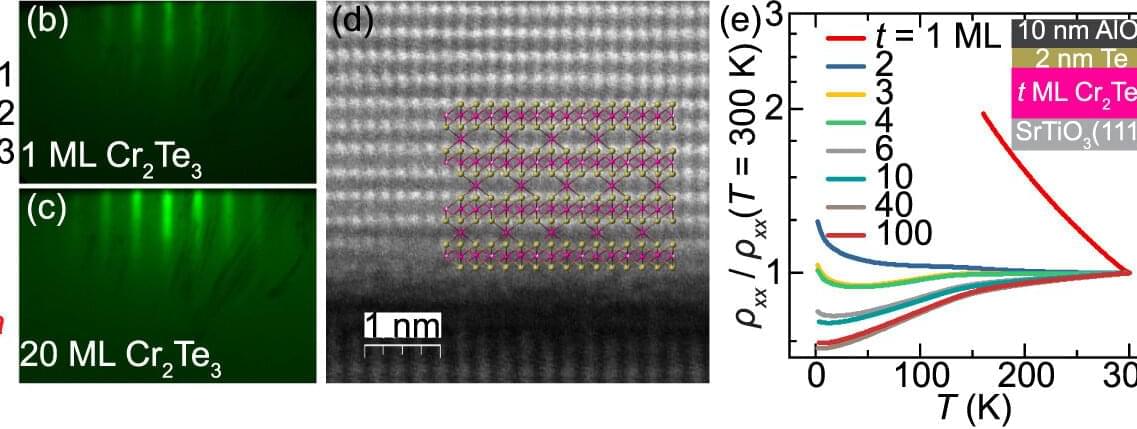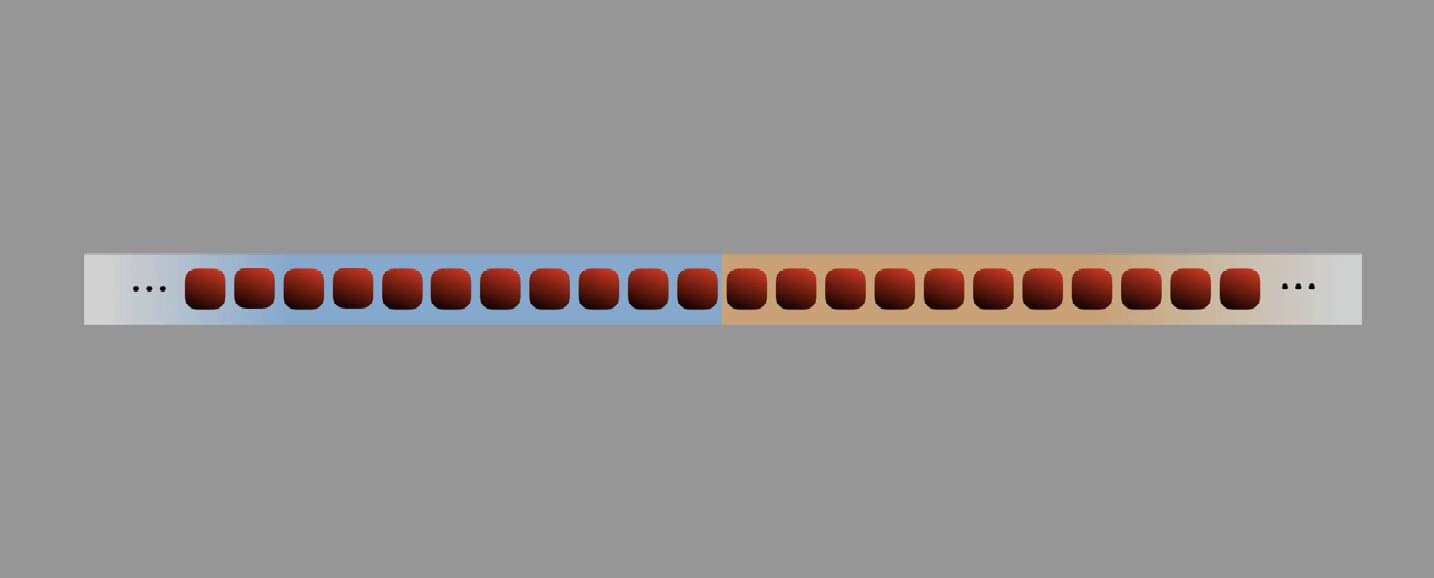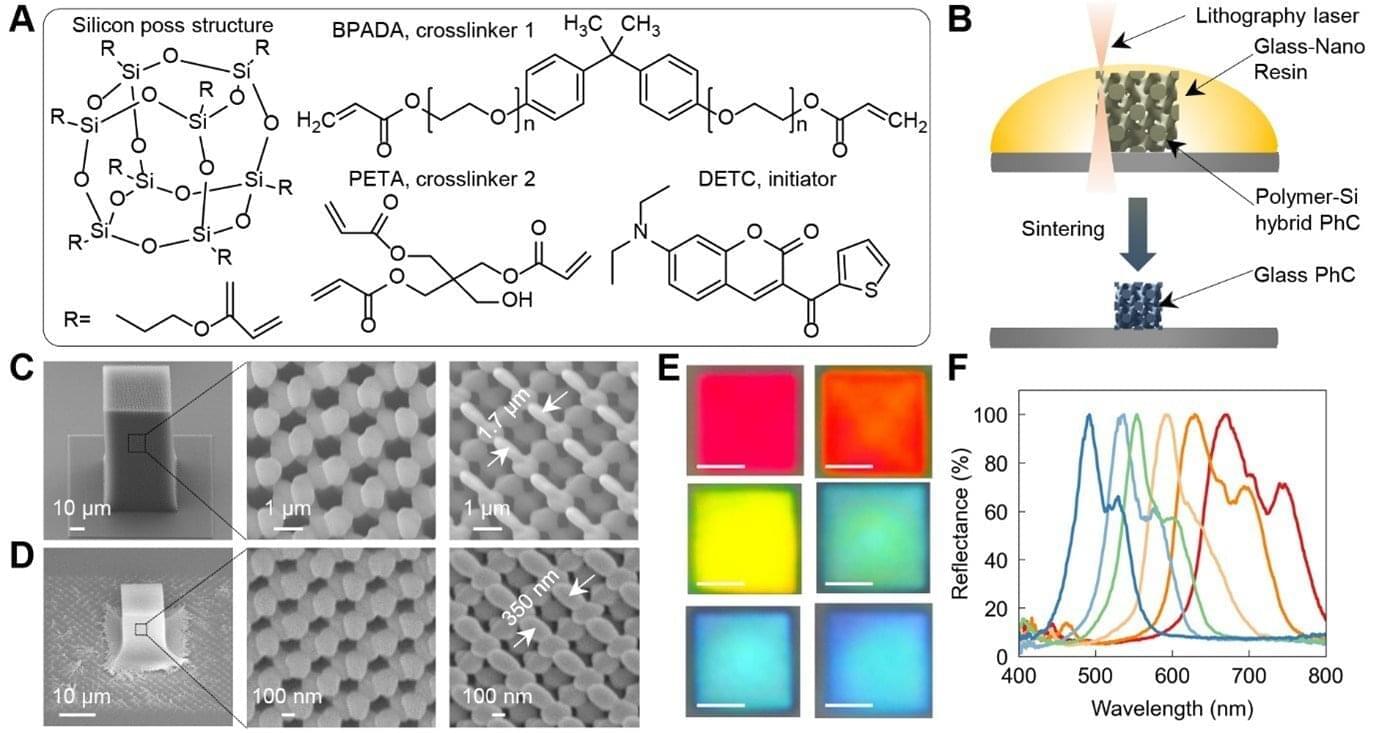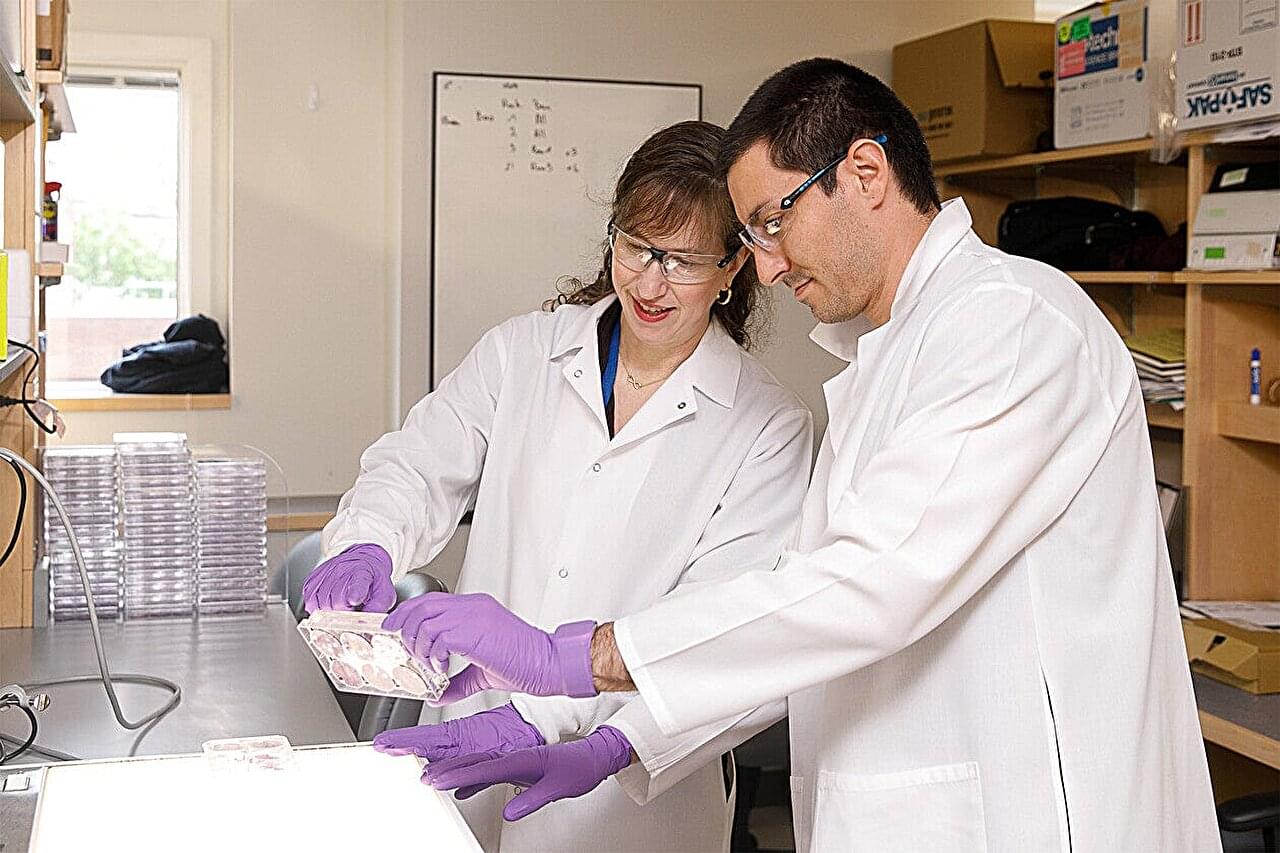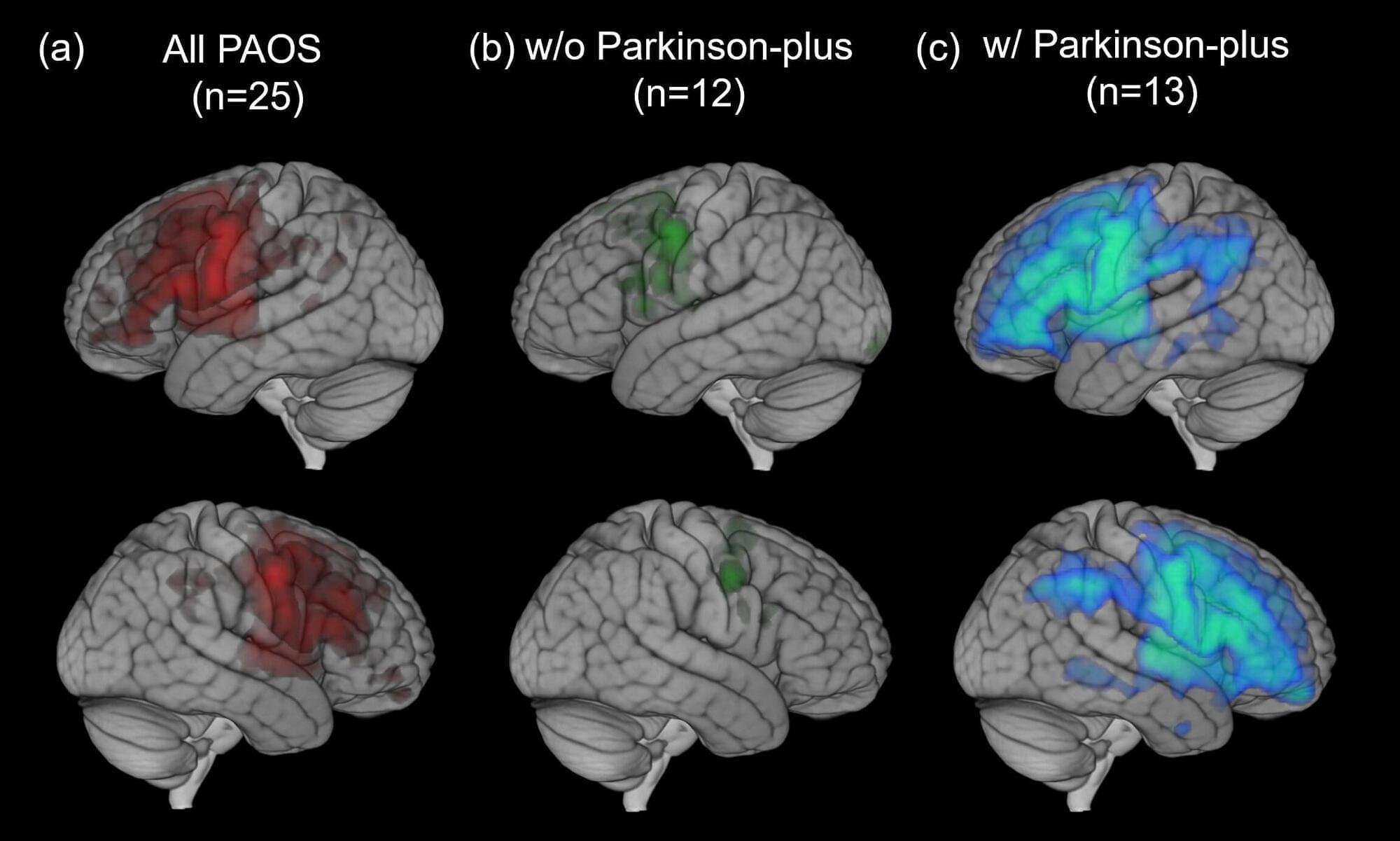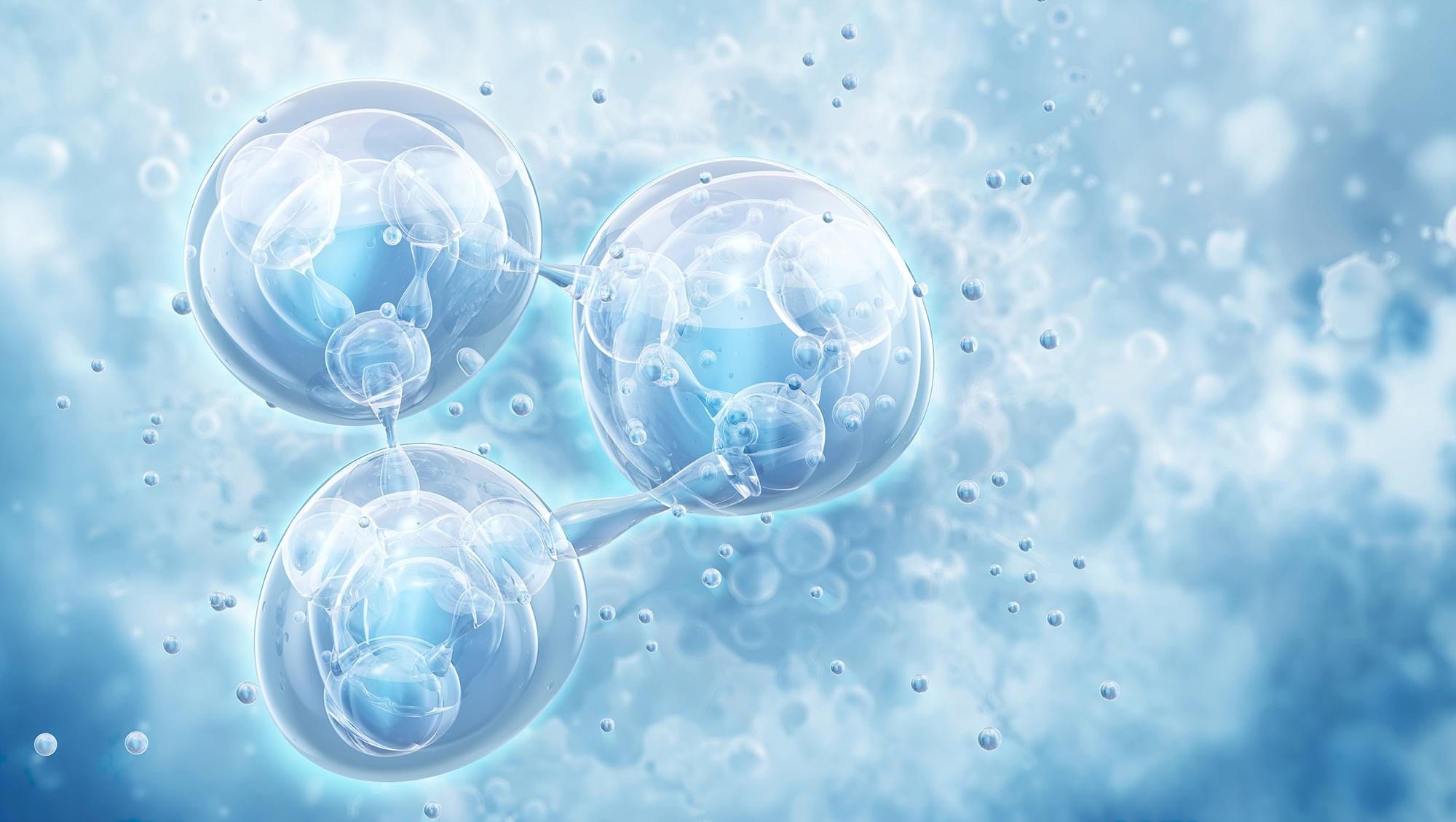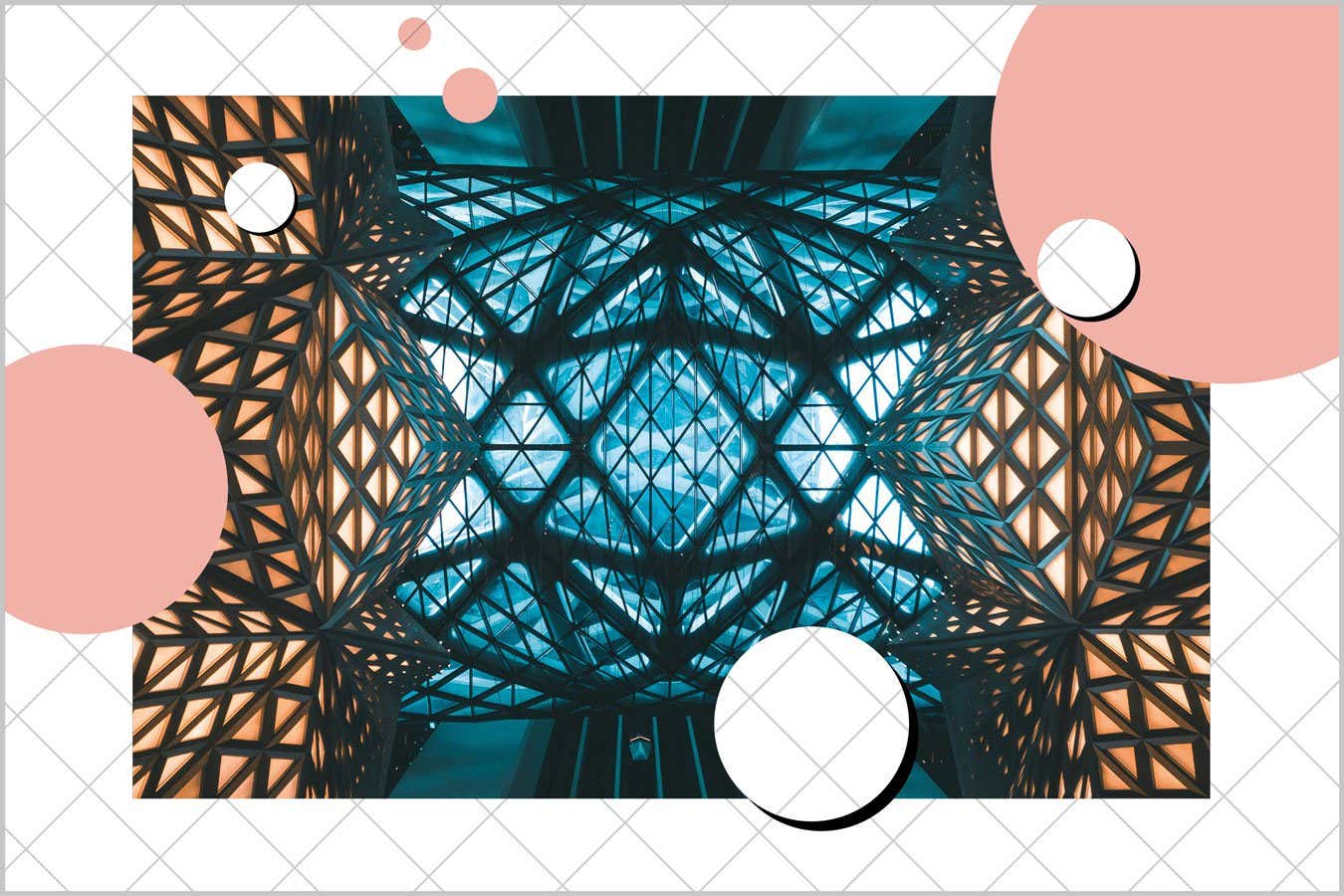A team of international researchers led by the University of Ottawa has made a breakthrough in the development of ultra-thin magnets—a discovery that could lead to faster, more energy-efficient electronics, quantum computers, and advanced communication systems.
The study, led by Hang Chi, Canada Research Chair in Quantum Electronic Devices and Circuits, & Assistant Professor of Physics at uOttawa’s Faculty of Science, demonstrates a new way to strengthen magnetism in materials just a few atoms thick. This is a critical step toward making these tiny magnets practical for real-world technologies.
The paper is published in the journal Reports on Progress in Physics.
